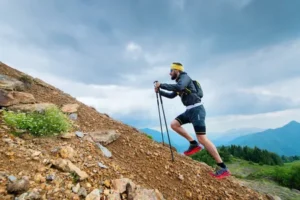
Climb Kilimanjaro: 6-Week Fitness & Training Guide
Table of Contents How to Train for Kilimanjaro: Your 6-Week Fitness Plan Climbing Mount Kilimanjaro is not just a trek — it’s a personal
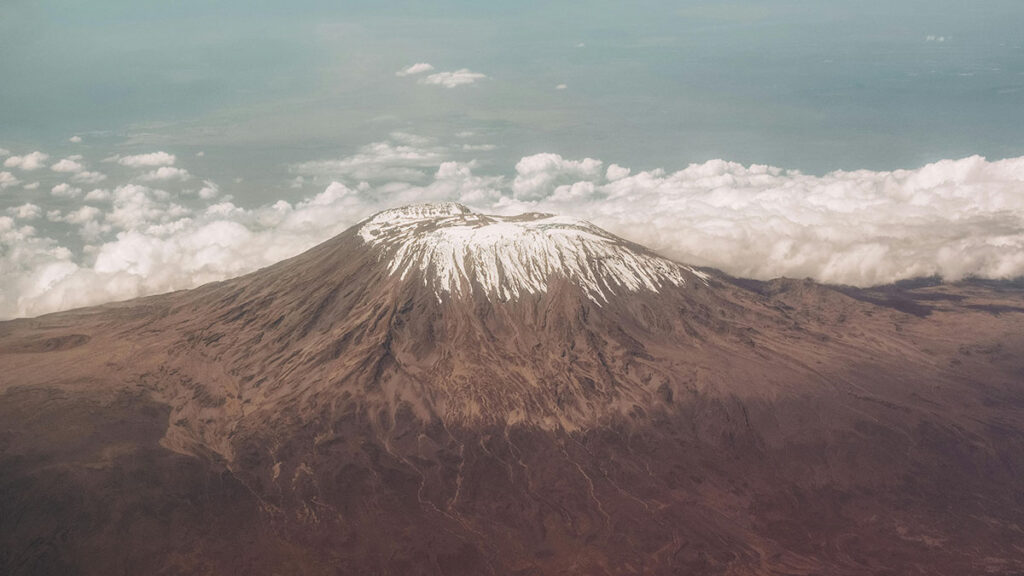
Why Kilimanjaro Is Called ‘Kilimanjaro’ – Uncover the origin and meaning behind the mountain’s mysterious name.
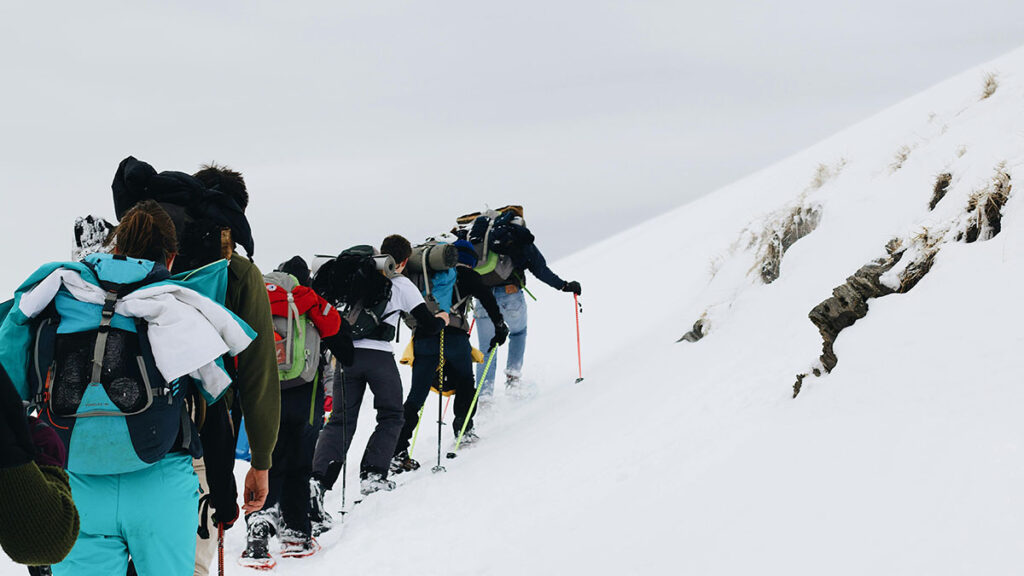
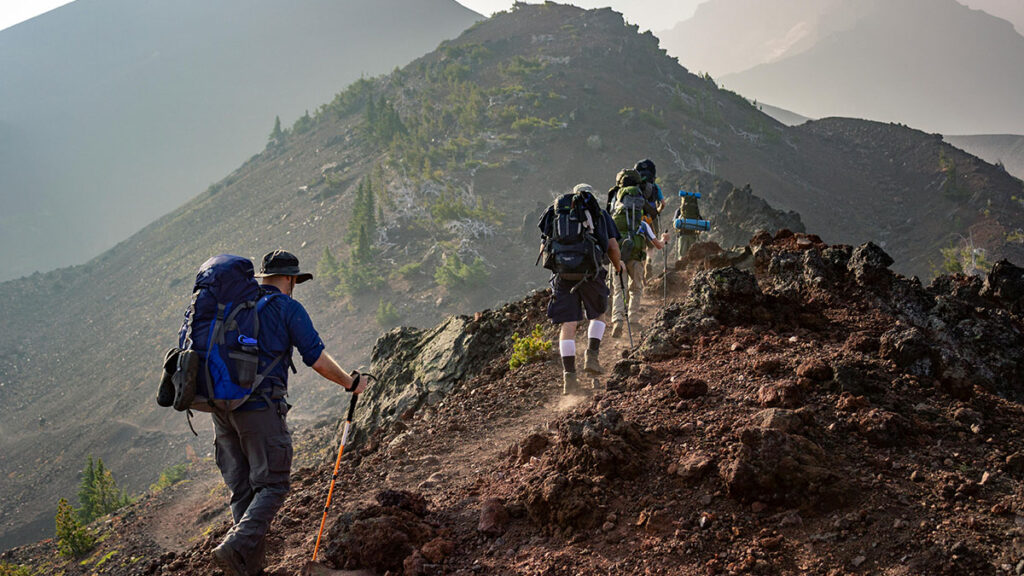

Ecological Zones – Learn how Kilimanjaro’s unique climates change from rainforest to arctic summit.

Table of Contents How to Train for Kilimanjaro: Your 6-Week Fitness Plan Climbing Mount Kilimanjaro is not just a trek — it’s a personal

Table of Contents Hygiene on Mount Kilimanjaro: Showers, Water, and Staying Fresh While Trekking Maintaining good hygiene during your Mount Kilimanjaro trek is essential for
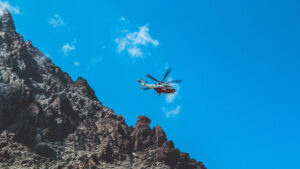
Table of Contents The Best Medical Insurance for Kilimanjaro Treks: What You Need to Know for Emergencies | Kili Quests Climbing Mount Kilimanjaro is
@2025 Kili Quests. All rights reserved.